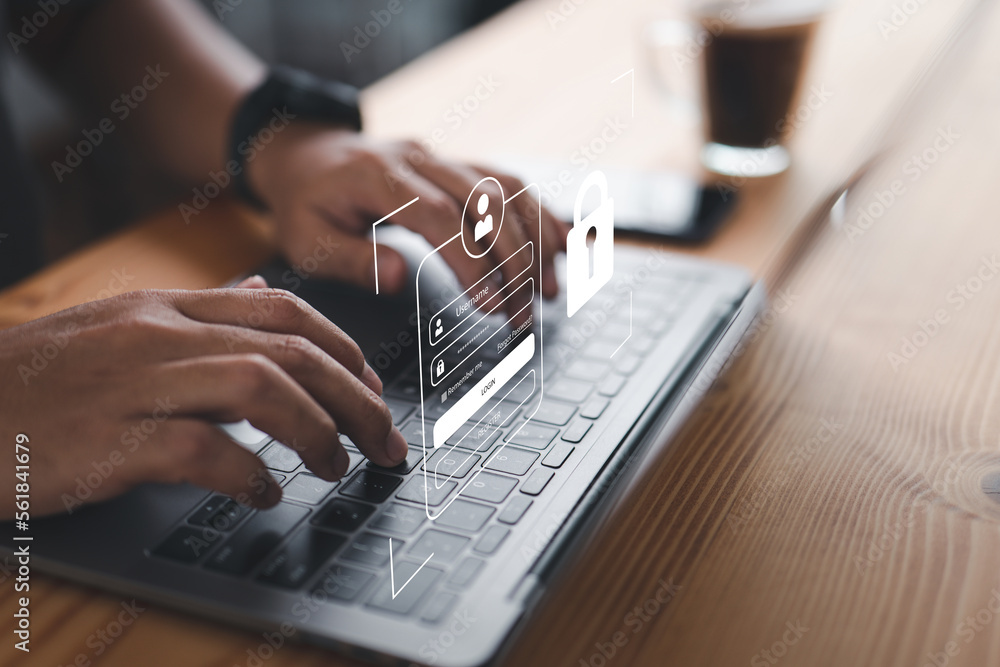In April 2021, Facebook was hit with a publicity nightmare after the personal data of over 500 million users appeared in a low-level online hacking forum. Although the social media company downplayed these reports, it proved one of the most significant cases of a data breach in recent history.
Unauthorized access was primarily blamed for the breach, bringing into focus the need for user authentication. In this article, we highlight what user authentication is and some of the industry’s best practices.

What Is User Authentication?
One frequently asked question by website owners and administrators is, how do I authenticate the identity of online users trying to access my site?
The best way to answer this question is to understand what user authentication is and how it works.
Now, user authentication is a process that entails verifying someone’s identity before they can access a service.
User authentication typically targets consumers of online services, such as merchandise shoppers, blog readers, and social media users. However, you can also apply the concept while trying to verify the identity of a user trying to access a connected device or other valuable resources.
What Are The Basic Components Of User Authentication?
User control modalities may differ considerably from one entity to another. These variances result from the fact that websites and companies differ in business logic and risk profiles.
That said, certain elements constitute the basis of user authentication. They include knowledge (such as a personal identification number (PIN), possession, and inherence (which primarily entails biometrics).
Access is typically guaranteed following the successful transfer and verification of the interested user’s credentials during their interactions with a computer network.
User Authentication Process
Despite how sophisticated it may sound, user authentication is usually straightforward. It majorly entails the following steps;
Identification, whereby a user proves who they are
Example:
An e-commerce website prompts you to input your username and password.
Authentication, whereby a user proves that they are who they say they are
Example:
The same website asks you to input an answer to your pre-defined secret question
Authorization, whereby you’re finally granted or denied access to a platform or service after supplying the information in (i) and (ii) above
Note that user authentication can vary in simplicity depending on the information required to provide. Some websites will readily confirm your identity upon inputting your standard login credentials (username and password), while others will need you to pass a CAPTCHA and ReCAPTCHA test. Yet, some sites may require you to provide certain information about your biometrics (such as fingerprints) or your environment.
It’s also worth noting that user access levels may differ from one individual to another. For instance, you could grant your clients and prospects access to information about your offerings but bar them from seeing information about your profits and revenues.
Differences between User Authentication and Machine Authentication
User authentication and machine authentication use near-similar concepts. However, they differ in their level of involvement.
In user authentication, a human entity must input its details and verify such information to gain access to a network. However, machine authorization implements a machine-to-machine (M2M) model that happens automatically.
An example of user authentication is when you’re trying to access your Gmail account, and Google prompts you to enter a specific number combination sent to your smartphone. Others include CAPTCHA tests and biometric information. A classic case of machine authentication is when a vending machine automatically orders more supplies when the system detects running out of stock.
User Authentication Categories
User authentication broadly falls into three major categories. They include;
- Knowledge or something you know about, such as your username, password, PIN, and secret question/answer
- Possession or something you have, such as a token and bank card
- Inference or something you are, such as your facial recognition, voice recognition, and fingerprints
User Authentication Methods and Best Practices
There are three essential user authentication tips and best practices. These methods borrow from the three user authentication categories listed above. They include;
Deploy Strong Passwords
Passwords are the most common user authentication method. As such, most breaches usually happen at this level.
Passwords can assume any form, including a string of numbers, letters, and special characters. However, the most robust password typically consists of a combination of letters (both UPPERCASE and lowercase), letterlike symbols, numbers, and other special characters.
Implement a Multi-factor Authentication
Multi-Factor Authentication (MFAs) uses two different (usually unrelated methods) to identify a user.
They include auto-generated passcodes sent directly to the user’s smartphone, CAPTCHA and ReCAPTCHA tests, and biometric data (including fingerprints, facial recognition, eye recognition, voice recognition, etc.).
Use Time and Location Factors
Strong passwords and multi-factor authentication are excellent access control interventions. But you can do your website better by adding time and location factors.
Location factors use a built-in Global Positioning System (GPS) to verify that a user is where they say they are. With this method, any inconsistencies in the IP address are quickly flagged.
Time factors follow the same mode of operation as location factors. They flag suspicious user activities based on unrealistic time differences between subsequent login attempts.
Final Word
User authentication is an ingenious way to keep your website safe from hackers. The good news is that the method is reasonably easy to implement and requires no technical know-how.





